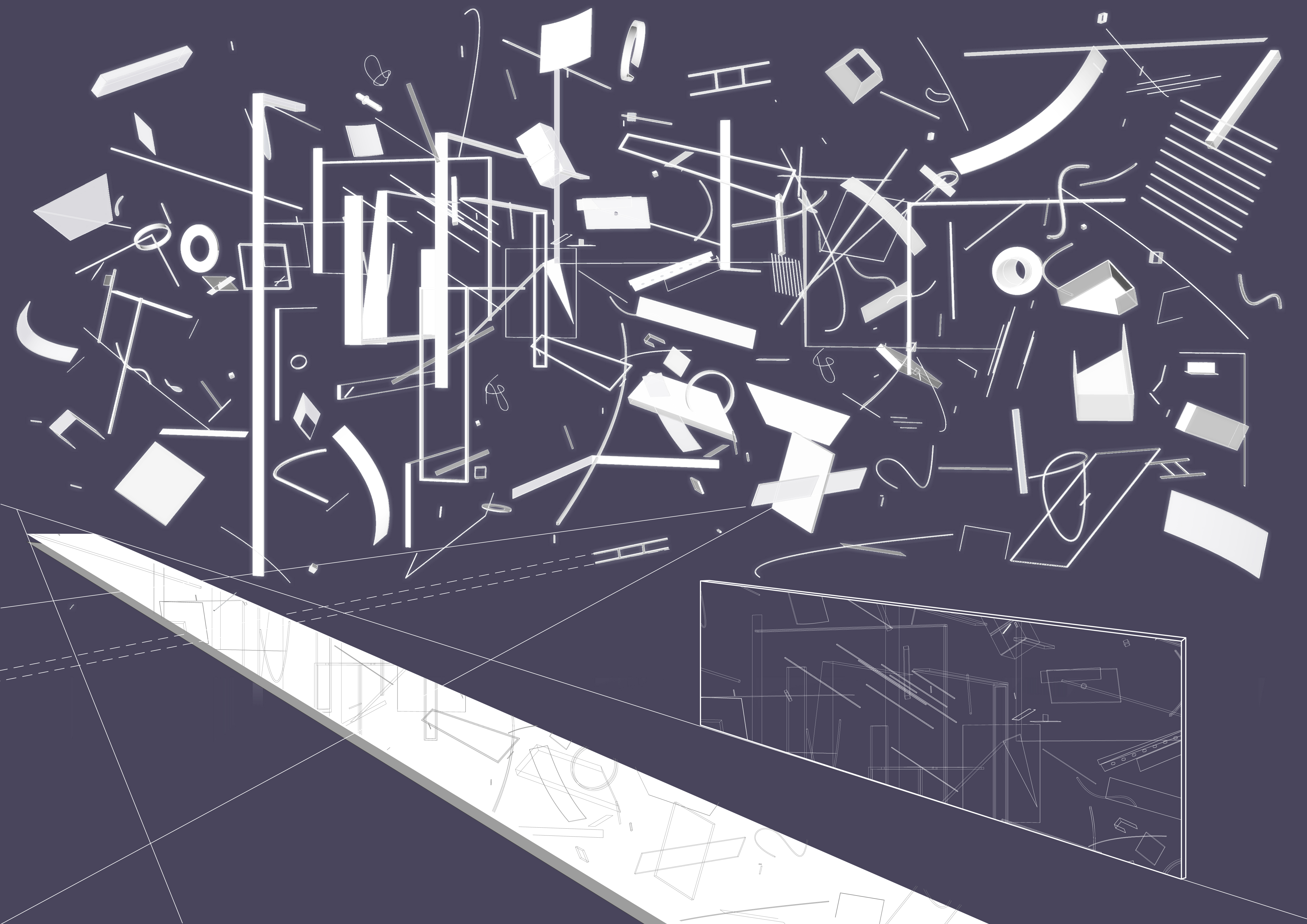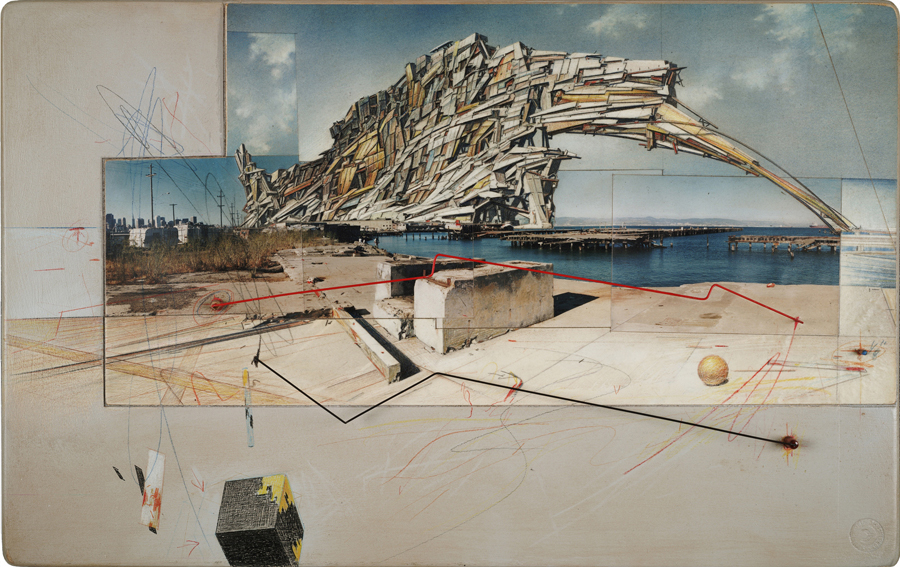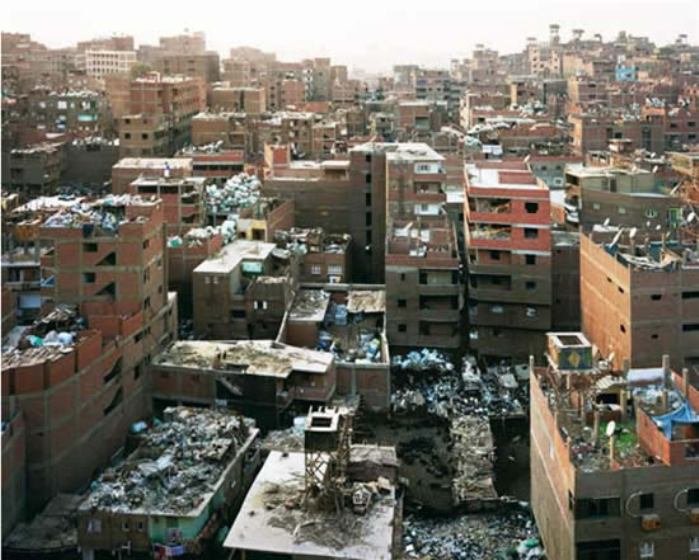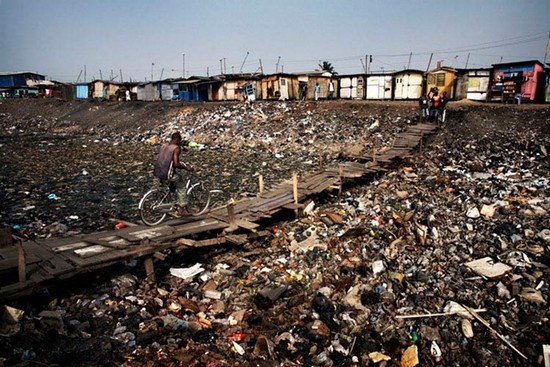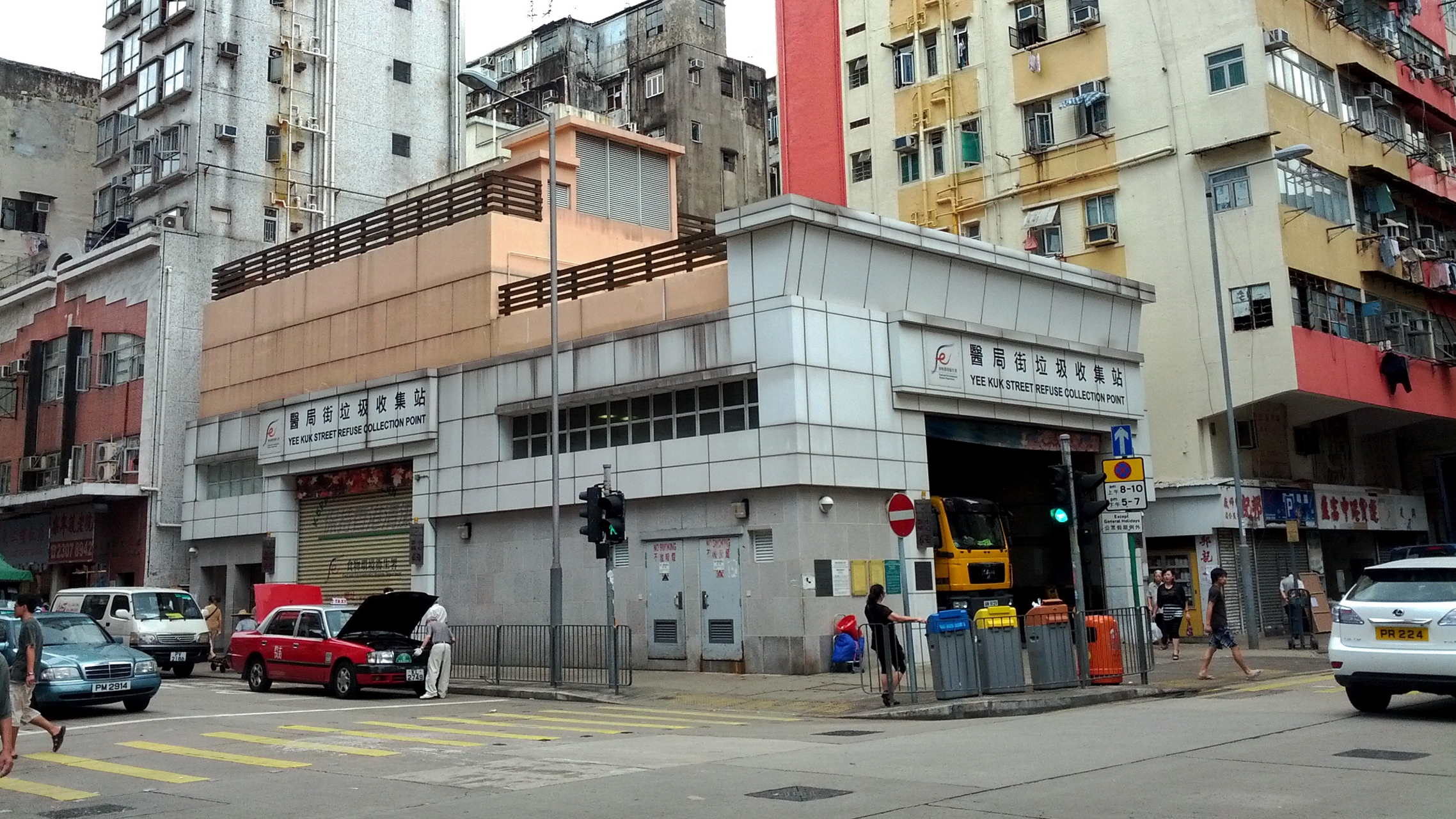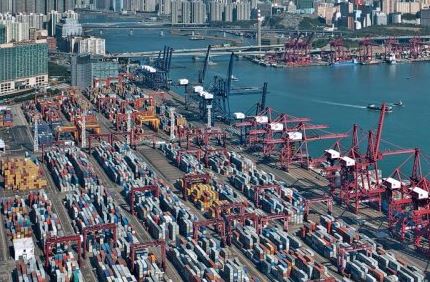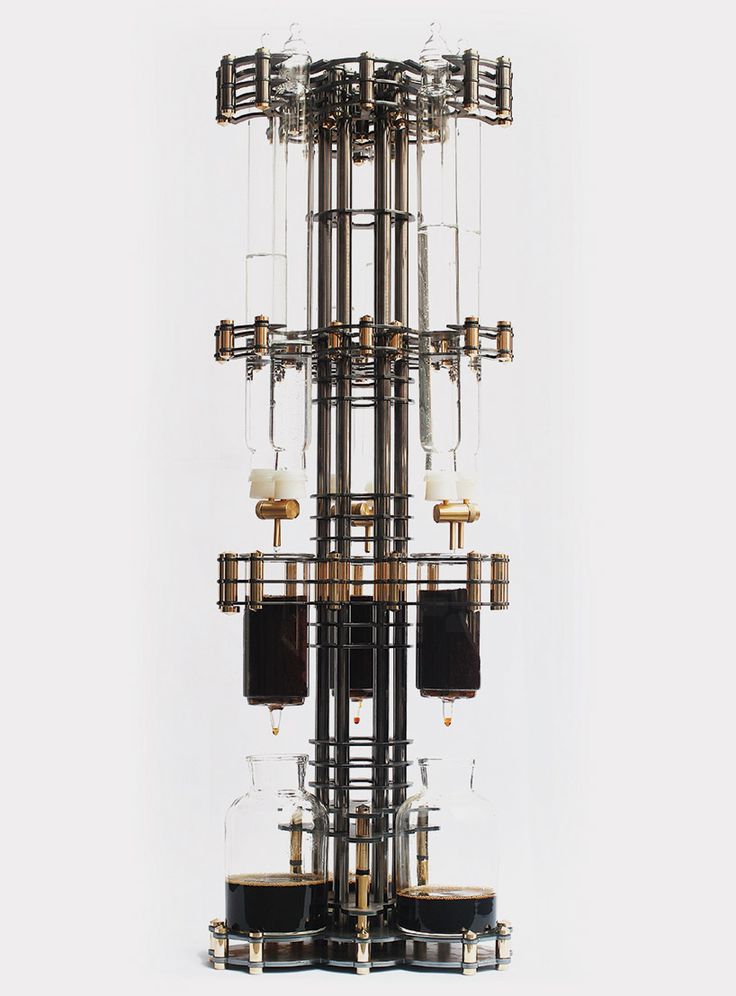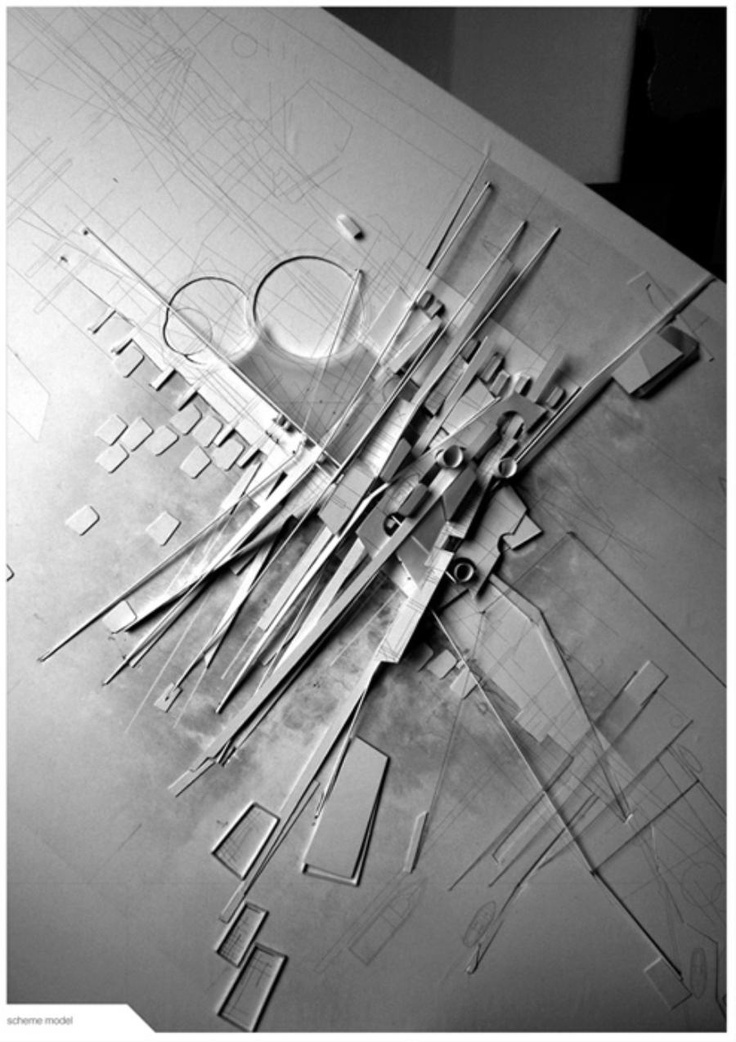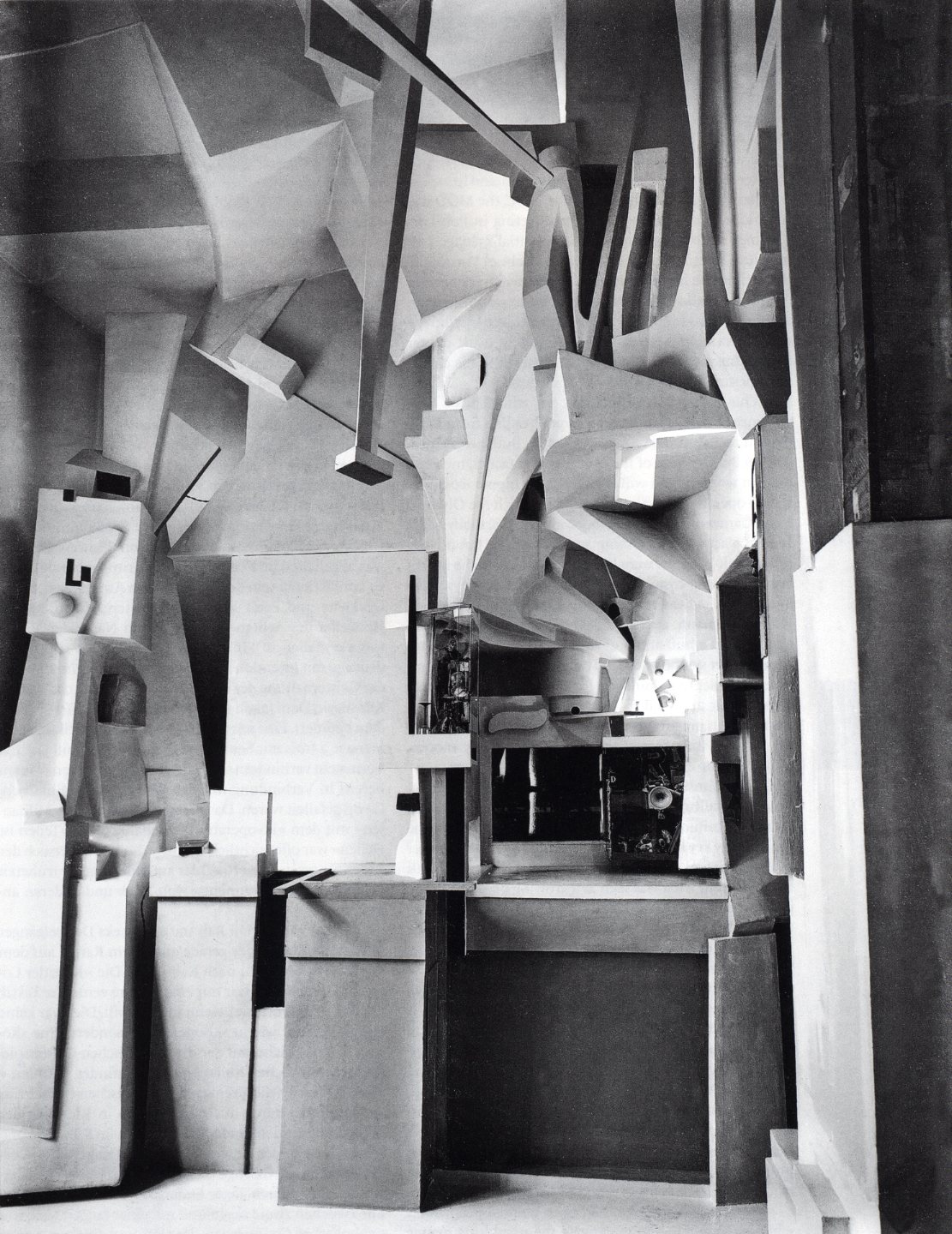Alchemy of Waste
ARTIFACT“Many waste places have these ruinous attractions: release from control, free play for action and fantasy, rich and varied sensations.”1 “Other waste places are too dangerous, or lack appeal because they cramp free action, or provide nothing for the imagination, or exhibit few human traces”2 WHY?Drawing by Lebbus Woods Drawing by Arta Isozaki My thesis explores the relationship between electronic (metallic) waste and the formation of architecture, how the properties of fragmented (metallic) waste in urban areas are transformed and redefined. This thesis topic allows me to rethink the question of how reconceptualising the process of waste could improve the connection of our environment and humanity. In architectural history, waste was realized after the post war “Patio and Pavilion by Alison and Peter Smithson, 1956” and the disaster “Re-ruined Hiroshima by Arta Isozaki, 1968”. The waste was considered as the violent debris to the environment. It was useless and being abandoned, and became a fragment of living memories. Artists, theorists and Architects have begun to explore the possibility of waste’s properties. Due to insufficient exploration and developments, the potential of redefining waste is limited. Fragmented of waste can only be displayed without valuation, digestion, transformation and architectural integration. Industrial revolution inspired many architects, the technology allow different fragmented objects to function multiplicity and dynamically. “Micromegas drawing by Denial Libeskind, 1979”. The collage proved that it is possible for various fragmented objects to form an innovative spatial order. “Inhabiting the Quake by Lebbus Woods, 1995” addresses the deconstruction world of architecture should be materialised by the waste’s fragmentation, repetition along with imaginative. Under the capitalism with the fast pace technology development and replacement, tones of valuable wastes are generated in urban, space and ocean. Electronic (metallic) wastes are simply dumped to landfill which causes contamination. This is defined as “socio environmental disaster”3. The electronic, metallic waste contain over 60 rare earth element, ferrous and non-ferrous metal. The extraction of the valuable materials in the wastes reduces the disruption of the nature mining. African 15-year-old Kelvin Doe collect trash to make invention, transmitter machine. Under the modernism and deconstructionism, the architectural language of fragmentation, placement, repetition, multiplication, arrangement and decomposition are vital to outline the architectural potential of electronic, metallic waste. WHAT?Photo by DIWYY Photo by Duffy Photo by Geolocation Photo by Dredingtoday USA and Europe export the electronic, (metallic) waste to the developing countries, Nigera, Ghana, China and Pakistan mainly. People, Scavengers in the developing countries collect trash to earn living. In each day, there are 63000 containers of electronic, metallic wastes being shipped to Hong Kong Harbor and transport to China. My design research is to explore the process of purification, extraction, formation and fragmentation. I shall redefine the architectural value of the fragmented electronic (metallic) waste via placement, repetitions, multiplication, rearrangement and decomposition. Possible locations: Extreme condition Landfill area or Harbour or urban city Possible Programs: 1. Design a living and workstation for Scavengers. 2. Design an interactive and experimental school laboratory or community centre to reutilizes, share and celebrates the properties of electronic, metallic waste and which achieves education purpose. HOW?Device by Dutch Lab Model by Frances Mcgeown Model by Kurt Schwitters Design research: Step 1. Identify and understand the properties of electronic (metallic) wastes, the potential and the limitations. (Installation) Step 2. To study the urban waste process, the social and culture aspects for the scavengers in the relevant sites, landfill area / urban area. (Research drawings) Step 3. Explore the transformation potential of the fragmented wastes via valuation, celebration, digestions (Mechanical and chemical), purification, arrangement, repetition and multiplication of the electronic (metallic) waste. To utilizes the spatial arrangements and materialise the physical form of architecture via drawings and modelling technique. BIBLIOGRAPHY 1 + 2. Kevin Lynch, 1981, Wasting Away, Sierra Club3. David Gissen, 2009, Subnature, Princeton Architectural Press4. Alberto Bertagna & Sara Marini, 2011,The Landscape of Waste, Skira Editore S.p.A5. Joshua Comaroff & Ong Ker- Shing, 2006, Horror in Architecture, ORO Editions |
